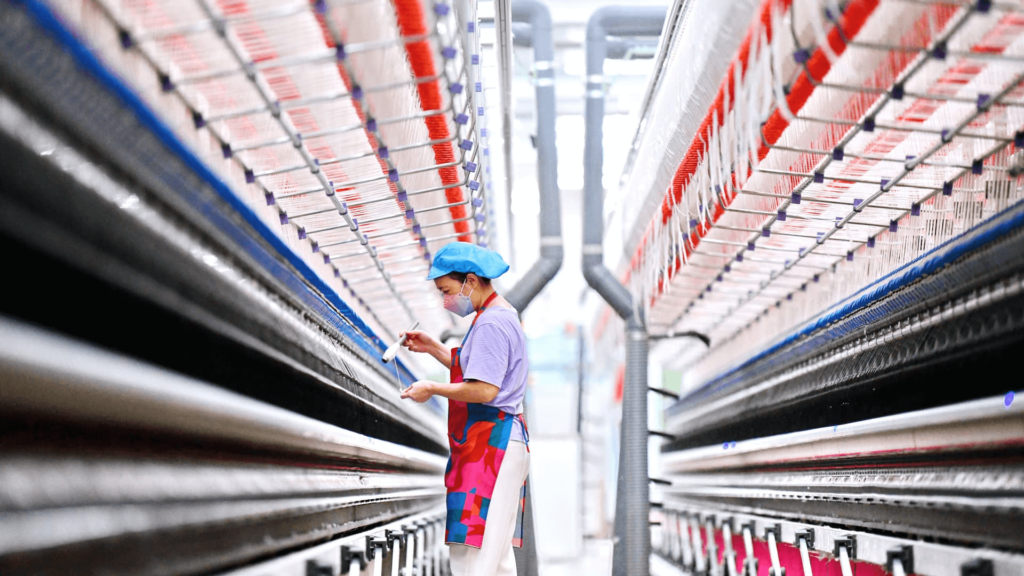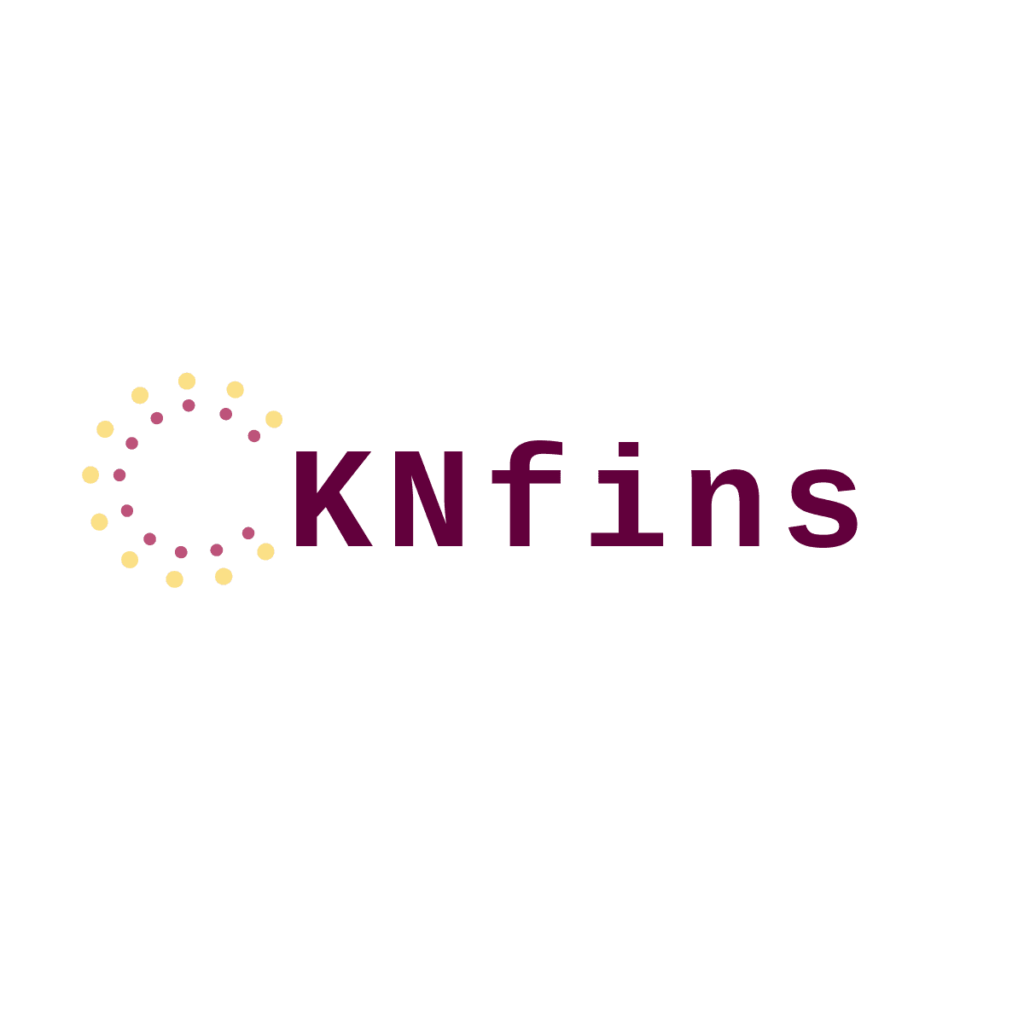The Purchasing Managers’ Index (PMI) from the National Bureau of Statistics stood at 49.5 in June, remaining unchanged from the previous month. This index, a key measure of economic activity, continues to be below the 50 mark, which serves as a dividing line between growth and contraction in the economy. The result aligns with the median forecast of 49.5 from a Reuters survey.
This marks the second consecutive month of declining industrial activity in China, reflecting a persistent slowdown in the sector. Additionally, activity in the services sector has dropped to its lowest level in the past five months, according to the official survey released this Sunday (30th). This data has intensified calls for additional stimulus measures, as the Chinese economy continues to face challenges in its recovery.

Analysts expect the Chinese government to introduce new economic support policies in the near future. In particular, the recent promise from the government to strengthen fiscal incentives is seen as a measure that could help stimulate domestic consumption and provide necessary support to the weakened economy. These initiatives are anticipated to stabilize and possibly reverse the current economic slowdown.
Xu Tianchen, a senior economist at the Economist Intelligence Unit, commented that actual industrial activity might be more robust than the data suggests. According to Xu, the official PMI may not fully reflect the current export momentum, which has been a significant economic driver for China this year. However, he points out that both external and internal demand remain insufficient to fully absorb the country’s production capacity, continuing to restrict the recovery of producer prices.
While a sub-index for production remained above 50 in June, indicating moderate growth, other key indices such as new orders, inventory of raw materials, employment, supplier delivery times, and new export orders remained in the contraction zone, as shown by the NBS survey.
In May, China’s exports exceeded forecasts, indicating robust performance. However, analysts warn that it remains uncertain whether this export increase is sustainable, especially given the escalating trade conflicts between Beijing and Western economies, which could negatively impact future export prospects.
Furthermore, the ongoing crisis in the real estate sector continues to have negative effects on domestic demand. The already struggling real estate market is contracting and contributing to weakness in domestic consumption, further exacerbating economic challenges for China.
With consumers adopting a more cautious stance and the boost from the May Day holiday dissipating, the PMI for non-industrial products, which includes services and construction, fell from 51.1 in May to 50.5 in June. This marks the lowest level since December.
The services PMI also experienced a significant decline, dropping to 50.2, the lowest value in the past five months. The construction PMI fell to 52.3, the weakest level since July of last year.
In light of these results, analysts predict that China will soon need to implement further policy support measures. The recent promise from the government to enhance fiscal incentives is viewed as a possible measure to boost domestic consumption and support the economy.
“The weak PMI numbers naturally require a more robust response from the Chinese government in terms of support policies. However, the room for monetary policy easing is currently limited as the Chinese currency is under pressure,” said Hao Zhou, chief economist at Guotai Junan International.
“This means that fiscal policy is likely to become the main instrument, suggesting that the central government will soon need to issue more debt to stimulate overall domestic demand,” Hao Zhou added.
The high debt levels of local governments and ongoing deflationary pressures continue to negatively impact the outlook for economic recovery, despite various measures that authorities have implemented since October of last year. These conditions have contributed to a climate of cautious expectations among investors and factory owners.
Recently, the Chinese central bank announced a program for refinancing affordable housing to accelerate the sale of unsold real estate inventories and better align supply with demand. Furthermore, authorities are under pressure to find new growth drivers to reduce the economy’s dependence on the real estate sector. These measures aim to diversify growth sources and balance the economy during a period of continuous challenges.
Prime Minister Li Qiang stated at a World Economic Forum meeting on Tuesday (25th) that the growth of new sectors plays a crucial role in supporting China’s healthy economic development. He noted that “since the beginning of this year, the Chinese economy has maintained an upward trend… and it is expected to continue to improve steadily in the second quarter.”
Economists and investors are eagerly awaiting the Third Plenary Session of the Chinese Communist Party, scheduled for July 15-18. This five-year meeting will gather hundreds of key party officials in Beijing and is considered a pivotal event for setting the future directions of the country’s economic and development policies.
The decisions made during this plenum will be crucial in shaping China’s economic course and guiding growth and reform strategies in the coming years.

